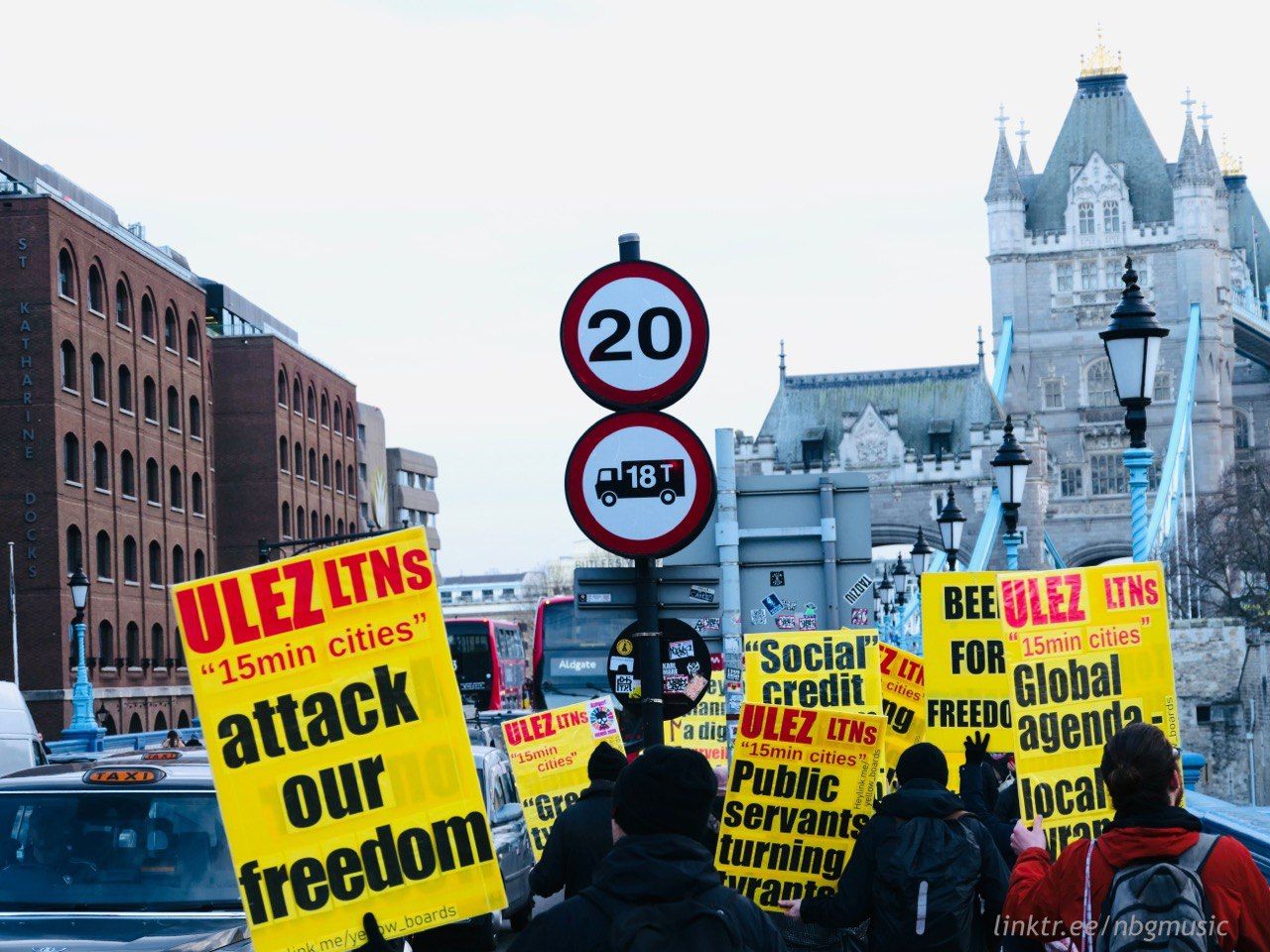
Racial Bias within Football Commentary

Summary
Through a mixed methods approach, this research project will look to explore whether the language used in football commentary exhibits racial bias or stereotypes. Insights will be drawn upon through two methodologies: natural language processing and ethnographic studies; with both methods synthesising together to create an understanding of the existence of this issue, and its implications both within football and wider society. The project will centre around the ‘pace and power effect’ - a notion that suggests darker athletes are disproportionately praised for physical traits compared to cognitive traits, with the opposite being true for lighter-skinned athletes. I will look into how this is disadvantageous for a footballer's career both during and after their time as a player. With a particular interest in how this creates a self-perpetuating cycle of stereotypical language used to describe players of a certain skin tone, and how this in turn feeds into a lack of diversity within the Premier League coaching scene.
Approach and Methodology
The study began with identifying a critical problem area: the manifestation of racial bias within football commentary, specifically focusing on the "pace and power effect," where darker-skinned players are stereotypically associated with physicality while lighter-skinned players are linked with cognitive abilities.
To investigate this, a concurrent mixed methods approach was employed. Quantitative methods involved data science, computer visualisation, and natural language processing (NLP) to analyse commentary transcripts. Qualitative methods included ethnographic exploration through interviews with individuals in the football community, such as commentators, players, and coaches.
The study utilised secondary data from the GOAL dataset, which includes over a thousand video highlights of football matches from major European competitions. The primary focus was on 800 Premier League players. Players' skin tones were categorised using the CASCo tool, and commentary transcripts were analysed to identify physical and cognitive trait descriptors associated with each player.
Results indicate the presence of the pace and power effect within football commentary. Average faces of keywords were generated to emphasise these results. The word ‘strength’ resulted in an average face compiled only of players with darker skin tones. Whereas, the word ‘intelligent’ resulted in an average face compiled only of players with lighter skin tones.
Interdisciplinary perspectives were crucial, combining sports studies, anthropology, sociology, linguistics, historical context and data science. Insights from these disciplines enriched the understanding of how racial bias manifests in language and its broader social implications.
Interdisciplinary perspectives were crucial, combining sports studies, sociology, linguistics, and data science. Insights from these disciplines enriched the understanding of how racial bias manifests in language and its broader social implications.
Proposal/Outcome
My product resulted in a short magazine that detailed the results of the study and the wider issue at hand. The idea is that these magazines will be distributed to clubs with the intention of educating people that work within football with authoritarian voices, ensuring they understand the importance of how their words can shape the images and career trajectory of others.
Beyond Outcomes
I am glad that I was encouraged to pursue an area of genuine interest to me. I was first unsure of how seriously I would be taken for attempting to complete a dissertation in football, however I have produced a piece of work that I am proud of and feel as though I have brought a nuanced approach to this under researched field.
Want to learn more about this project?



Overall LIS Journey
Other Related Projects
Back to the repository


- A Pilot Based on Heathrow's Sustainability Goals

.svg)






